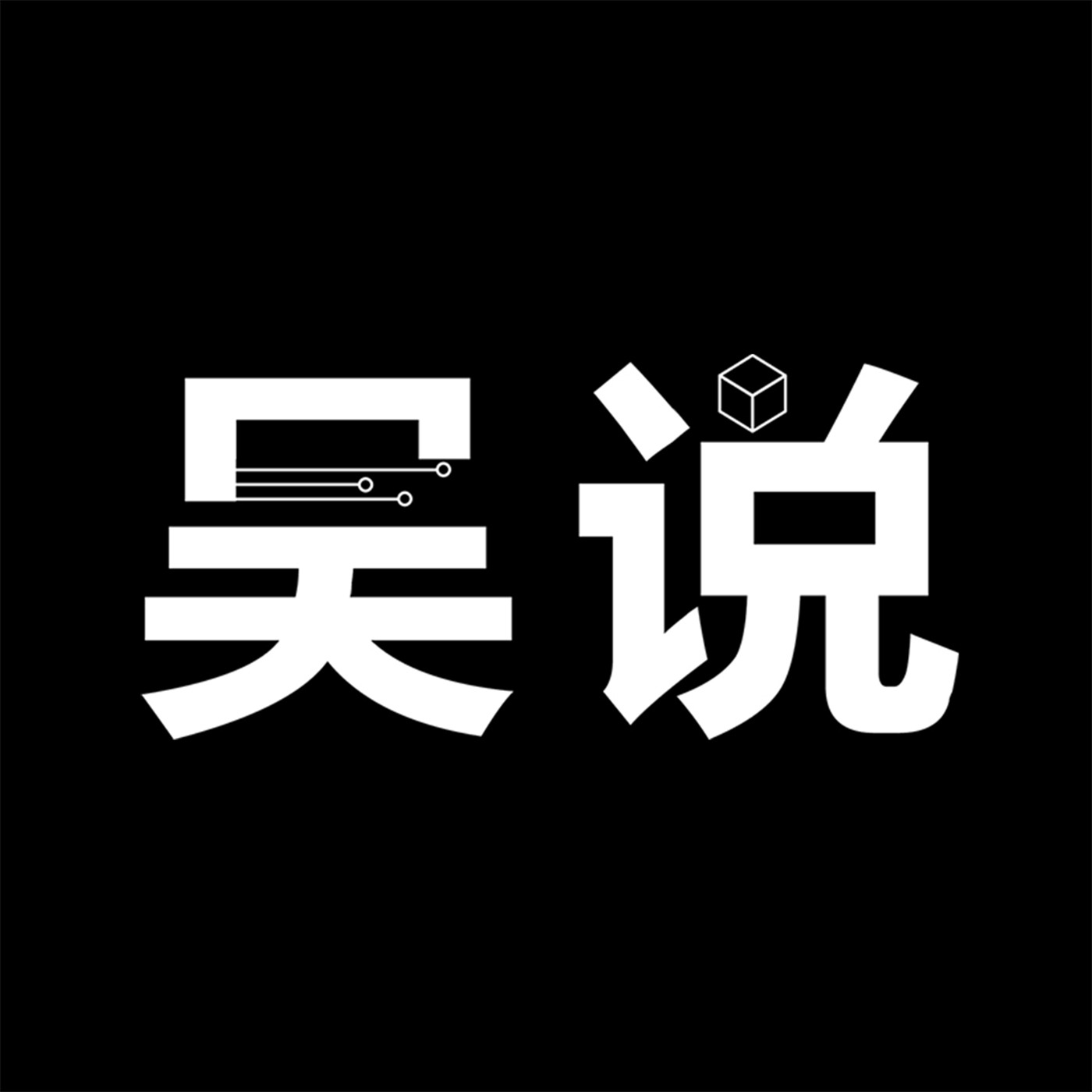
Deep Dive
What is the historical origin of DePIN and how has it evolved over time?
DePIN, or Decentralized Physical Infrastructure Networks, has its roots in early crypto projects like Bitcoin, which combined hardware and blockchain. Over time, concepts like Helium and Filecoin emerged, focusing on decentralized networks for physical infrastructure. The term 'DePIN' was coined by Misari researchers in late 2022 or early 2023, evolving from earlier ideas like edge finance and Proof of Physical Work (POPW).
Why is Solana considered a key player in the DePIN ecosystem?
Solana is pivotal in the DePIN ecosystem due to its early support for projects like Helium and its willingness to innovate. Solana's ecosystem has embraced DePIN, offering a platform for decentralized physical infrastructure projects to thrive. Its ability to support diverse applications, from 5G networks to mapping services, makes it a leader in this space.
What role does hardware play in the DePIN ecosystem?
Hardware is central to DePIN, enabling physical infrastructure like 5G networks, storage devices, and mapping tools. Projects like Helium and Filecoin rely on hardware to create decentralized networks, rewarding users for contributing resources. Hardware bridges the gap between blockchain and real-world applications, making DePIN viable.
How does DePIN aim to create new job opportunities?
DePIN seeks to create jobs by incentivizing individuals to contribute to decentralized networks through physical work, such as setting up 5G nodes or providing storage. This model allows people to earn rewards for their labor, democratizing access to blockchain-based income and fostering broader participation.
What are the challenges faced by DePIN projects in achieving economic sustainability?
DePIN projects often struggle with economic sustainability due to high hardware costs and reliance on speculative token models. Many projects fail to generate real-world revenue, relying instead on internal token economies. To succeed, DePIN networks must attract external users and create value beyond the crypto ecosystem.
How does AI intersect with DePIN, and what opportunities does this create?
AI and DePIN intersect in areas like decentralized compute power and data collection. Projects like Akash and io.net enable developers to access and trade AI compute resources globally. DePIN can also facilitate data collection for AI training, creating new economic opportunities by incentivizing individuals to contribute data.
What is the significance of RWA (Real World Assets) in the crypto ecosystem?
RWA, or Real World Assets, brings traditional financial instruments like bonds and real estate onto the blockchain. This diversification of yield sources helps stabilize the crypto ecosystem, reducing reliance on volatile speculative activities. RWA also enhances liquidity and accessibility for traditional assets.
How does the US regulatory environment impact DePIN and Web3?
The US regulatory framework for crypto is evolving towards a more structured approach, focusing on compliance and taxation rather than outright bans. This environment encourages innovation in DePIN and Web3, as projects can operate within clear legal boundaries. The rise of right-leaning political support also favors practical, real-world applications of blockchain technology.
What are the potential applications of DePIN in the automotive industry?
DePIN can revolutionize the automotive industry by enabling data-driven applications like driving behavior analysis and vehicle financing. Projects like Hivemapper collect road data, which can be used for insurance or credit scoring. Cars, as mobile data hubs, offer a rich environment for DePIN applications.
How does DePIN address wealth inequality in the crypto space?
DePIN aims to reduce wealth inequality by creating opportunities for individuals to earn through physical contributions, such as setting up hardware or providing data. This model contrasts with traditional crypto wealth accumulation, which often favors early adopters and large investors. By democratizing access to rewards, DePIN fosters a more inclusive ecosystem.
- 比特币是 DePIN 的早期形态,结合了硬件和加密货币。
- Solana 生态对 DePIN 的发展起到了关键推动作用。
- DePIN 的概念经历了从 edge fight、POPW 到 DePIN 的演变。
Shownotes Transcript
本期播客由吴说创始人 Colin Wu 和 Future Money Group CEO 和创始人 EO Hao 共同探讨 DePIN 的发展及其与现实世界结合的潜力。对话涵盖了 DePIN 的历史起源、投资逻辑及其与硬件、AI、现实世界经济的结合方式,以太坊、Solana 等生态体系对 DePIN 的影响,不同参与者(包括右派和左派文化背景的群体)如何塑造这一领域的未来,美国监管环境的变化及其对 Web3 和 DePIN 的潜在推动作用,现实世界资产(RWA)、AI 算力市场、硬件挖矿等与区块链结合的机会,以及现实世界经济价值如何通过 DePIN 和区块链技术实现创新。
请注意:嘉宾的观点不代表吴说观点,吴说不对任何产品与代币进行背书,请读者严格遵守所在地法律法规。
加入吴说播客听友群,可添加小助手微信 ipo19841984。关注更多吴说快讯深度等内容渠道:吴说官网)
时间线:
00:00 开场介绍
03:25 接触 Solana 生态及 DePIN 的关键契机
05:46 DePIN 概念的历史与发展
13:44 Solana 手机与硬件设备的探索
21:06 RWA(现实世界资产)的发展前景
28:13 AI 与区块链结合的新方向
35:39 DePIN 的未来与市场纠错机制
41:09 美国监管环境与 DePIN 的机会
